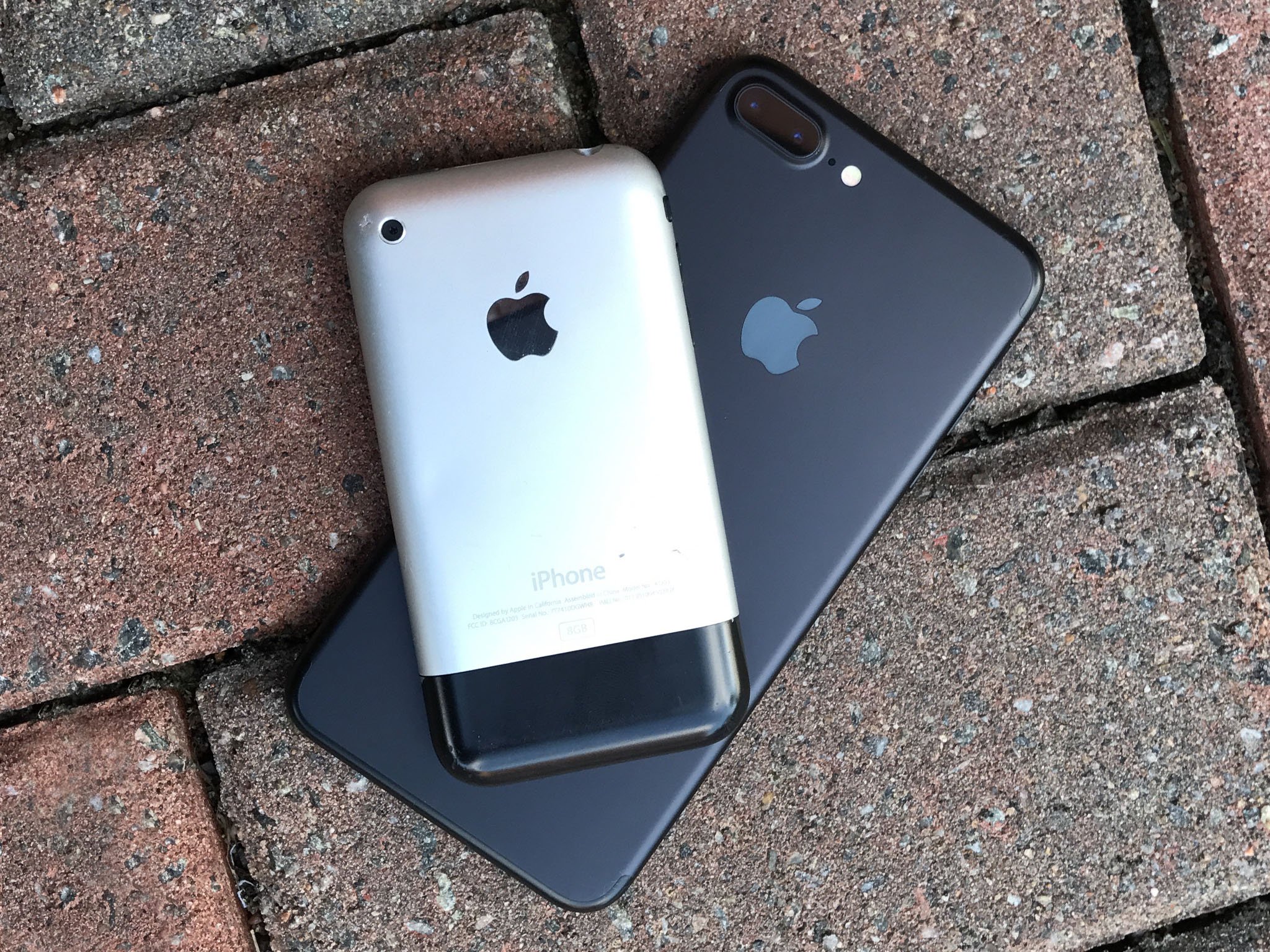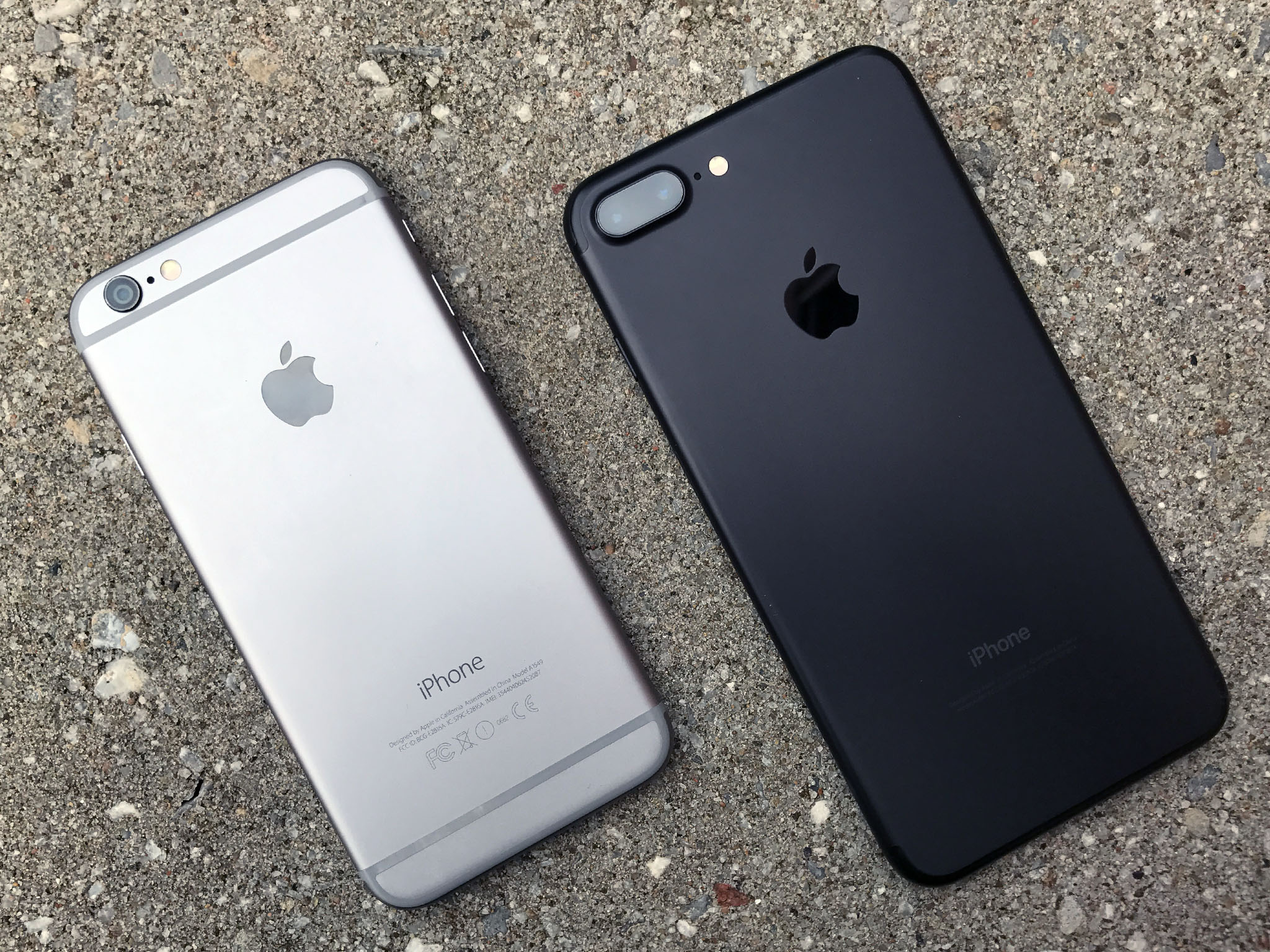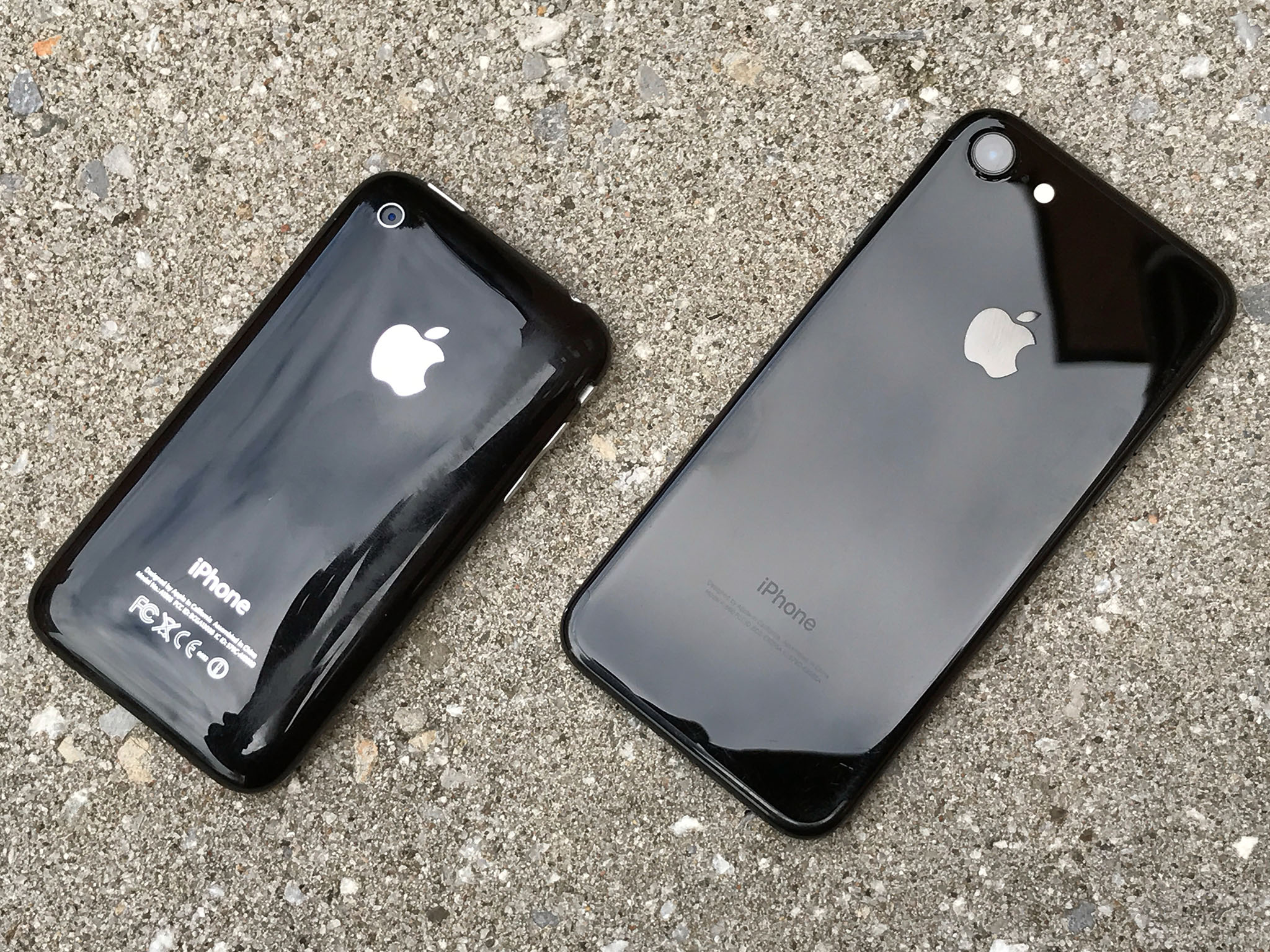Regarding the (matte) black iPhone 7 and clickbait... er... paint complaints

I've been using a (matte) black iPhone 7 Plus, without a case, since it launched in September 2016. The anodized finish is still fine with nary a chip in sight. And I'm not gentle with my phone — it's been dropped and otherwise knocked about several times. Still, it would be a mistake to assume my experience is everyone's experience. So, I pay attention when I see something like this from an outlet like CBS News:
If buying the latest iPhone is a status symbol, what happens if the device ends up looking battered and cheap within a matter of weeks?Apple (AAPL) is facing that question as some disgruntled customers take its customer-support page to complain about their iPhone 7s in matte black, which they say suffer from easily chipped paint. Some iPhone 7 owners say they've been told by Apple that the paint is a cosmetic issue and therefore not covered by the warranty.Some might call it PaintGate.
Seeing the term "Gate" attached so quickly and loosely in what should be a serious story always hits all my clickbait alarms. Hard. But let's look at it anyway.
Anodizing for black
Black is a hard color to anodize. We learned that back with iPhone 5 in "slate black". Go too light and it's gray. Go too heavy and it might chip or become gloppy and lose the sharpness of its angles.

Apple was aggressive but not too aggressive with "slate black", so they got a black that wasn't super black but was still pretty tough. It chipped but not easily or often. (I had my iPhone 5 triple re-anodized, which made it tougher and blacker, though I still chipped it slightly some eighteen months later.)
There were a few complaints about it but all the anodization experts we spoke with at the time attested it was perfectly normal. Because science.
Still, it caused Apple to back off and go with "space gray" for iPhone 5s, iPhone 6, and iPhone 6s instead. And then people complained it wasn't black enough. Because people.
So, with iPhone 7, Apple has returned to black. They also upped their already good anodization game to make the new (matte) black iPhone 7 even more resilient than the old "space black" ever was. It can never be perfect, though. It's chemistry and physics. Put a black coating on a silver metal and, if that coating gets chipped, you'll see the metal.
Master your iPhone in minutes
iMore offers spot-on advice and guidance from our team of experts, with decades of Apple device experience to lean on. Learn more with iMore!
Sources and scales
Jet black can scratch. Glass black can fracture. Plastic black can crack. And, while even good black anodization can chip, bad black anodization can chip even more. So, does there appear to be a problem with the anodization Apple did on the (matte) black iPhone 7?

Apple sold over 70 million iPhones last quarter. The company didn't say how many out of those 70 million were (matte) black iPhone 7 but it's certainly a number in the millions as well.
That means, if anodization was an issue, we'd likely see a high volume of complaints, especially if it's a problem with the process in general.
CBS sites Apple Discussion Forums as their source for the story. A quick Google search turned up 3 threads, one from November 13, one from January 26, and one from two days ago. Out of the millions sold it'd be hard to say even a fraction of a percentage are reporting any problems, let along a systemic problem.
Sticking Apple and #gate in a headline is a great way to get attention, especially when all eyes are on the stock price today, but making up a controversy doesn't make a controversy. It only misinforms and mistreats consumers who deserve better, especially from respected outlets like CBS.
Asking around, I couldn't find anyone who saw this as a serious or even frequent problem in the field. It's simply not something a large number of customers are reporting.
To make sure I was understanding the issue, I also asked Greg Koenig of Luma Labs for his take:
Apple really solved the black [anodization] problem by learning how to embed a bunch of Teflon into the surface - this makes it more durable by letting hits skiff off instead of digging in and cracking the anodize layer (which is sort of like an eggshell of hard anodize around a gooey center of still-raw aluminum)The whole thing isn't -gate worthy. Anodize isn't delicate, but it also isn't an incredibly durable finish because of that egg-shell factor (Space Black DLC is so tough, partly because the underlying stainless [steel] is way harder)
Again, my (matte) black iPhone 7, used day in, day out, since launch is still fine. I'll keep an eye on it, and on reader complaints and Apple discussions, but I don't think we'll see anything other than the normal wear and tear we'd expect to see from a product anodized black.
Your (matte) black iPhone 7?
If you're worried about chips or scratches or any kind of damage at all, get a case or get a rose gold, gold, or silver iPhone 7 that better hides small imperfections. Otherwise, get what you like and enjoy it. And, if you have a (matte) black iPhone 7, let me know how it's holding up for you!

Rene Ritchie is one of the most respected Apple analysts in the business, reaching a combined audience of over 40 million readers a month. His YouTube channel, Vector, has over 90 thousand subscribers and 14 million views and his podcasts, including Debug, have been downloaded over 20 million times. He also regularly co-hosts MacBreak Weekly for the TWiT network and co-hosted CES Live! and Talk Mobile. Based in Montreal, Rene is a former director of product marketing, web developer, and graphic designer. He's authored several books and appeared on numerous television and radio segments to discuss Apple and the technology industry. When not working, he likes to cook, grapple, and spend time with his friends and family.
